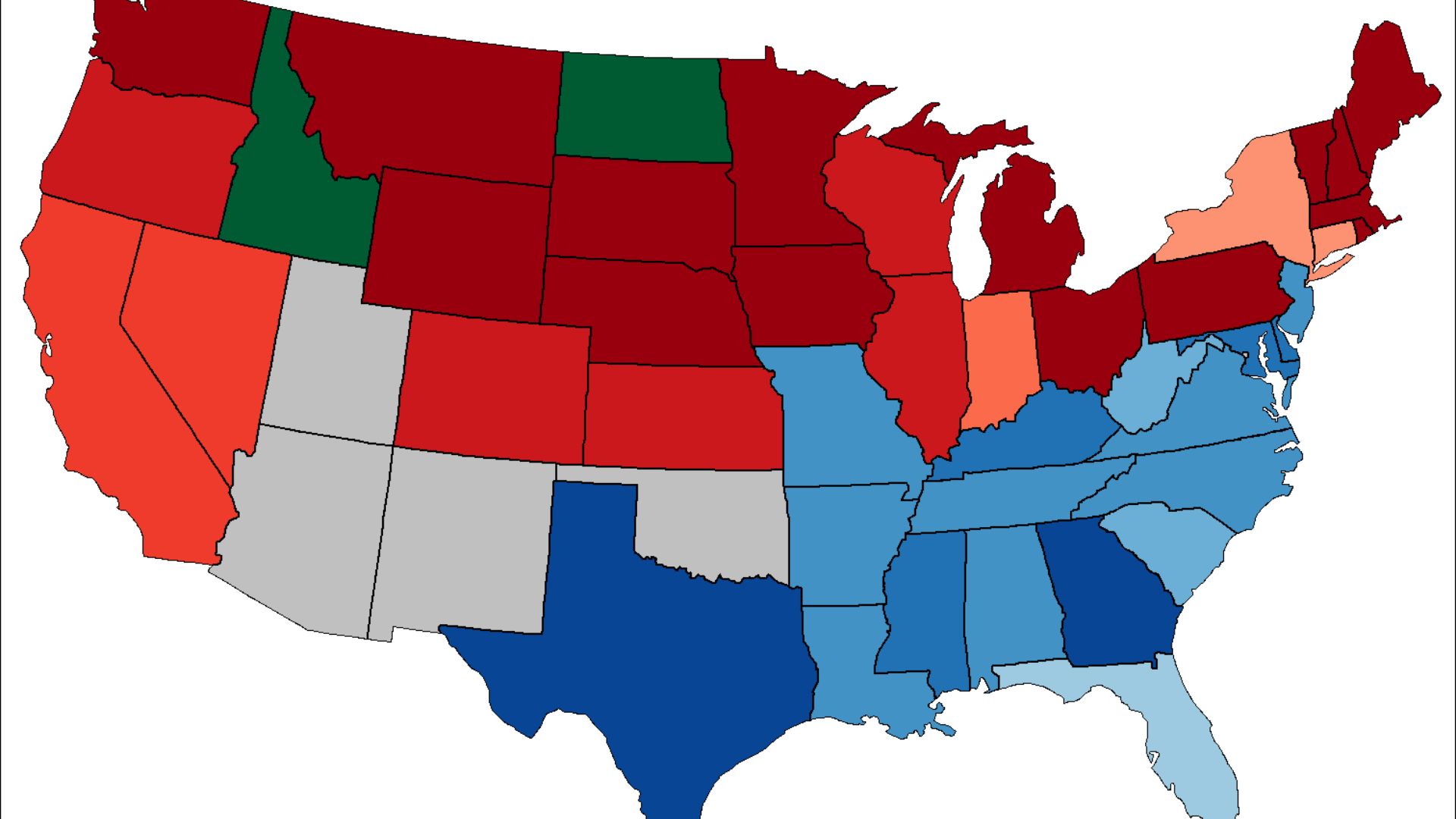Third parties often face significant challenges in gaining traction within political systems dominated by two major parties. Despite their potential to introduce new ideas and diversify political discourse, third parties frequently encounter obstacles that hinder their success. This article explores the reasons why third parties struggle in politics, examining structural, financial, and strategic barriers that limit their impact.

Structural Barriers
Electoral Systems:
- Explanation: The structure of electoral systems often favors major parties. Many countries use winner-takes-all or first-past-the-post systems, where only the candidate with the most votes wins, discouraging votes for third parties.
- Impact: Third parties struggle to win significant positions because their support is often split, making it difficult to achieve the majority needed to win elections.
Examples:
- Case Study: In the United States, the first-past-the-post electoral system makes it challenging for third-party candidates to win Congressional seats or the presidency.
Ballot Access Laws:
- Explanation: Third parties face stringent ballot access laws and requirements, making it difficult to get candidates listed on ballots across different states or districts.
- Impact: The complexity and cost of meeting these requirements limit the ability of third parties to compete effectively in elections.
Examples:
- Case Study: In many states, third parties must gather a significant number of signatures to qualify for ballot access, a process that can be prohibitively expensive and time-consuming.
Financial Challenges
Campaign Funding:
- Explanation: Third parties often struggle to secure the funding needed for extensive campaigns. Major parties typically have access to substantial financial resources and donor networks.
- Impact: Limited financial resources hinder third parties’ ability to compete on equal footing, affecting their ability to advertise, organize, and mobilize supporters.
Examples:
- Case Study: The Green Party in the United States has faced difficulties raising funds compared to the Democratic and Republican parties, limiting its campaign reach and effectiveness.
Access to Media:
- Explanation: Major parties receive extensive media coverage, while third parties often struggle to gain media attention. This disparity affects public awareness and support.
- Impact: Limited media exposure reduces the visibility of third-party candidates and their platforms, impacting their ability to attract voters.
Examples:
- Case Study: The media often focuses on the Democratic and Republican candidates during presidential debates, with third-party candidates receiving minimal coverage.
Strategic and Institutional Barriers
Party Loyalty and Voting Behavior:
- Explanation: Voters often feel a strong allegiance to major parties, making them less likely to support third-party candidates. This loyalty is reinforced by historical patterns and party identification.
- Impact: The tendency to vote for one of the two major parties reinforces the dominance of these parties and limits third-party success.
Examples:
- Case Study: In the 2020 U.S. presidential election, many voters chose between the Democratic and Republican candidates out of a sense of strategic voting, rather than supporting third-party alternatives.
Lack of Organizational Infrastructure:
- Explanation: Major parties have well-established organizations and networks, including local chapters, volunteers, and campaign machinery. Third parties often lack similar infrastructure.
- Impact: The absence of robust organizational support limits the effectiveness of third-party campaigns and their ability to mobilize grassroots support.
Examples:
- Case Study: The Libertarian Party often operates with fewer resources and less infrastructure compared to the Democratic and Republican parties, impacting its campaign efforts.
Historical and Cultural Factors
Historical Precedents:
- Explanation: Historical precedents and longstanding political traditions can entrench the dominance of major parties. Third parties face challenges breaking through these entrenched systems.
- Impact: Historical dominance of major parties reinforces their position and creates barriers for third-party candidates to gain significant traction.
Examples:
- Case Study: In the U.S., the two-party system has been entrenched since the 19th century, creating a challenging environment for third parties to emerge and compete effectively.
Cultural Expectations:
- Explanation: Cultural expectations and perceptions about political viability often favor major parties. Third-party candidates may be viewed as less serious or viable.
- Impact: Cultural biases against third parties can affect voter perceptions and willingness to support non-mainstream candidates.
Examples:
- Case Study: In many countries, the perception of third-party candidates as “spoilers” or long-shot candidates can deter voters from supporting them.
Potential Strategies for Success
Building Local Support:
- Explanation: Third parties can focus on building strong local or regional support before scaling up to national elections. Gaining a foothold in local government can provide a foundation for broader success.
- Impact: Local success can increase visibility, demonstrate viability, and build momentum for higher-level elections.
Examples:
- Case Study: The Green Party has had success in local and state elections in various regions, which can serve as a platform for future growth.
Forming Alliances:
- Explanation: Third parties can form strategic alliances with other parties or organizations to broaden their base and increase their electoral chances.
- Impact: Alliances can provide additional resources, support, and visibility, enhancing the effectiveness of third-party campaigns.
Examples:
- Case Study: The U.K.’s Liberal Democrats have occasionally formed alliances with other parties to increase their influence and electoral success.
Advocating for Electoral Reform:
- Explanation: Supporting changes to electoral systems, such as adopting proportional representation or ranked-choice voting, can improve the prospects for third parties.
- Impact: Electoral reforms can create a more level playing field and increase opportunities for third-party candidates to succeed.
Examples:
- Case Study: Countries with proportional representation, such as Germany, often have more successful third-party representation in their legislatures.
Conclusion
Third parties face significant challenges in politics due to structural, financial, strategic, and cultural barriers. Despite these difficulties, third parties can influence political discourse, introduce new ideas, and advocate for alternative policies. By focusing on local support, forming alliances, and advocating for electoral reform, third parties can work to overcome these challenges and increase their impact on the political landscape.

